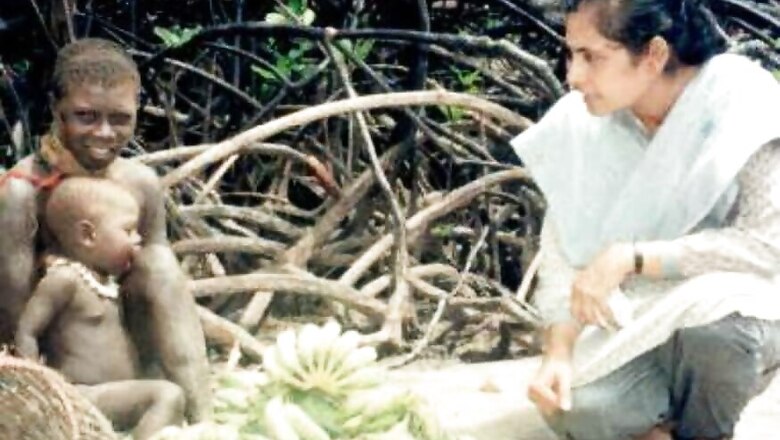
views
Port Blair: The protected and reclusive Sentinel tribe, known for welcoming outsiders by firing arrows on them, had surprisingly displayed warmth to a contact expedition team having a woman among them, recounts the female anthropologist about the trip 27 years ago.
Talking about the successful tour to Sentinel island in 1991, Madhumala Chattopadhyay recalled that the islanders known for showing hostility towards trespassers had put their guard down seeing a woman being part of the expedition team. The presence of a woman indicated that the contact party meant no harm, Madhumala said speaking to the local media from New Delhi over phone.
The anthropologist, now a senior official in the Ministry of Social Justice and Empowerment, said they had conducted as many as three contact expeditions in DSS vessel MV Tarmugli.
Killing of a US national John Allen Chau, 27, last month in course of his illegal trip to the North Sentinel island, reignited peoples interest about the handful of aboriginals as per the 2011 census. North Sentinel island has been declared no go area by a law.
Information pouring in after the death of the American national revealed that very few trips had been made to the island, about 102 km from capital Port Blair, in the past. The Sentinelese people are among the tribes that survived the tsunami of 2004 without any help from the outside world. The last time the world heard about the Sentinel islanders was in 2006 when two fishermen were killed by the primitive natives after their boat had strayed towards the island.
The woman anthopologist said that on two occasions, they could successfully contact the tribes but in the third occasion, due to inclement weather, the Sentinelese did not come to the seashore and the team had to back off.
Narrating her experience, she said a 12-member expedition team headed by then Tribal Welfare Director, S Awaradi, had sailed for the Sentinel Island on January 3, 1991. “We reached the spot on January 4 and saw some tribes near the seashores. Then we boarded a small ‘dingi’ and ventured nearer to the shore. Our team started dropping coconut in the seashore, which the Sentenelese, consisting of few males and females collected. Finding no danger, the team then approached them up to the coast and gifted coconut to them by hands.
"Having worked extensively with the indigenous tribes of A & N Islands, I knew the language of some of the local tribe like Jarawa and Onge. I told them ‘Nariyali Gabha Gabha’ which means come and collect the coconuts. By hearing these words, the Sentinelese seemed happy and immediately rushed to us to collect the coconuts. Some even touched us and our boats. When the gift brought by us finished, the team returned home,” she recounted.
The second contact expedition started on February 21, 1991. This time also Madhumala and her team were able to contact the tribe, reached the shore and gifted them coconuts. But, this time, things started to mess up with the Sentinelese touching the police rifle brought by the cops for security. The Sentinelese wanted to take away the rifle for making their arrows, she recollected. However, vigilant police personnel did not allow them to take the rifle with them. The contact was successful and the team returned, she said.
A native of Howrah in West Bengal, Madhumala had gone to the Sentinel island for a field research for her PhD fellowship to the Anthropological Survey of India.
On January 4, 1991, MV Tarmugli, the Andaman Nicobar Administration ship, put down its anchor off Allen point on the southwest part of the North Sentinel Islands. Not much was expected, probably like many futile missions in the past, she narrated about the trip.
However, unlike in the past, this mission had one difference; there was a women anthropologist in the contact team. The team started dropping coconuts in the water. After a bit of trepidation, a few Sentinelese men came sprinting and waded through the shallow waters to collect the floating coconuts, she narrated. The team leader then instructed that more coconuts be dropped and this time the Sentinelese brought a canoe to collect the coconuts in cane baskets.
The women and children, however, maintained a distance and remained on the shore. An invisible wall stood between the islanders and the contact team. No party made the first move to bridge the gap further.
Four hours rolled by, the contact party kept floating coconuts and the Sentinelese kept collecting them. With their stock of coconuts over, the team went back to the ship to replenish. It was 2 pm when the team returned. The process of dropping coconuts started again, and this time the tribe welcomed the contact party. The Sentinelese in the second round had become bolder, she said.
A young Sentinelese youth waded up to the boat and touched it with his hands. Following him, more men closed in to collect the coconuts. A Sentinelese youth sitting on the shore got up and aimed his arrow at the contact party. Unfazed, Madhumala gestured at the youth to come over and take his share of the coconuts. With arrow refusing to go down and she refusing to remove eye contact, the arrow was released but luck intervened.
A Sentinelese woman standing nearby gave a push to the marksman and the arrow missed its mark and fell harmlessly in the water. What probably changed the equation that day was the presence of a woman in the contact team who maintained her calm and took the initiative, she said.















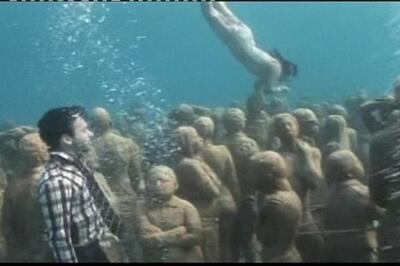
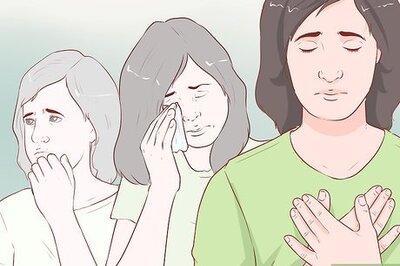
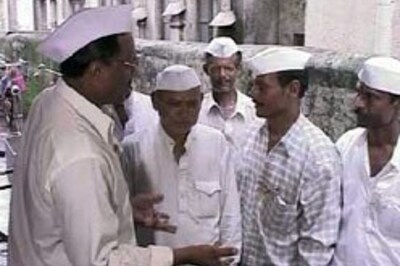
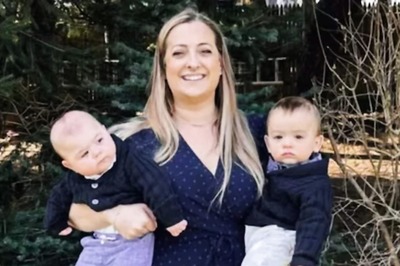

Comments
0 comment